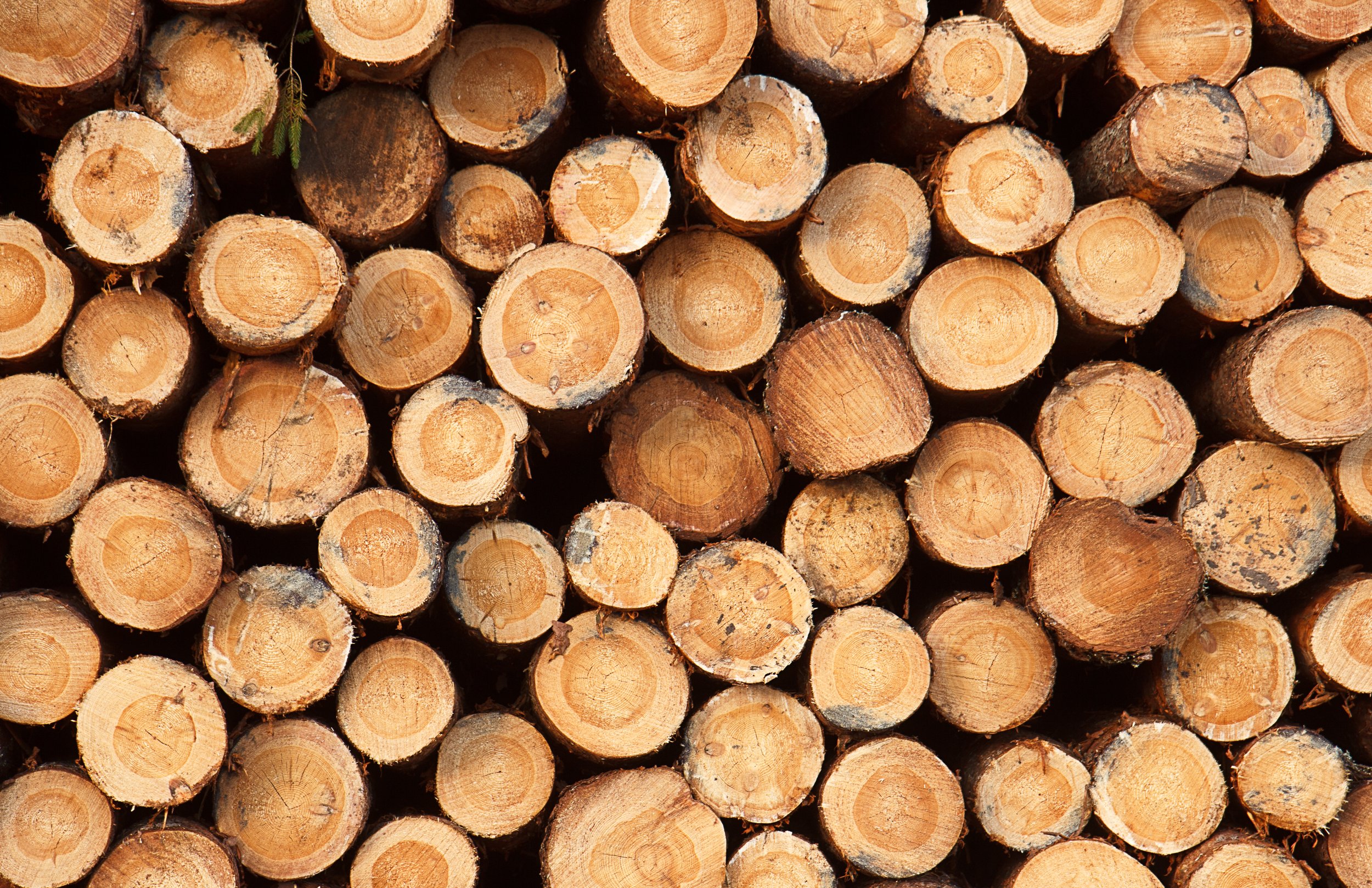
Design Options & Upgrades
Northern Scandinavian Pine
Why do we only use Northern Scandinavian pine for our Keops Interlock log cabins?
Delve into the heart of our log cabin craftsmanship, where the choice of timber is a testament to our commitment to quality and longevity. Our Northern Scandinavian pine, cultivated near the Arctic Circle, boasts unique characteristics forged by extreme cold. The slow growth in this frigid climate results in a timber of exceptional tight grain and high density, qualities that make it the perfect choice for constructing log cabins.
Within our selection, Grade 5 wood takes precedence, representing the pinnacle of our commitment to durability and lasting construction. Grade 6 wood also holds its own in terms of quality. These grades serve as indicators of wood imperfections such as knots and splits, with Grade 5 being our top-tier selection.
Sustainability is at the core of our ethos. Our timber is sourced sustainably, holding the prestigious PEFC certification, a vital accreditation in the realm of responsible forestry. We've gone the extra mile to prove the origin of our timber to the Royal Horticultural Society for our shows, ensuring transparency in our sourcing practices.
The logs that form the backbone of our cabins come from 70-year-old trees, carefully selected for their dense heartwood. To further enhance stability, we subject the timber to a meticulous kiln-drying process. This not only ensures consistent moisture levels but also contributes to the wood's overall stability, a crucial factor in the longevity of your log cabin.
We take pride in our just-in-time approach to obtaining wood, guaranteeing that each piece is acquired precisely when needed. This not only streamlines our processes but also contributes to the consistent moisture content and stability of the timber.
Contact Keops
Proud member of:
